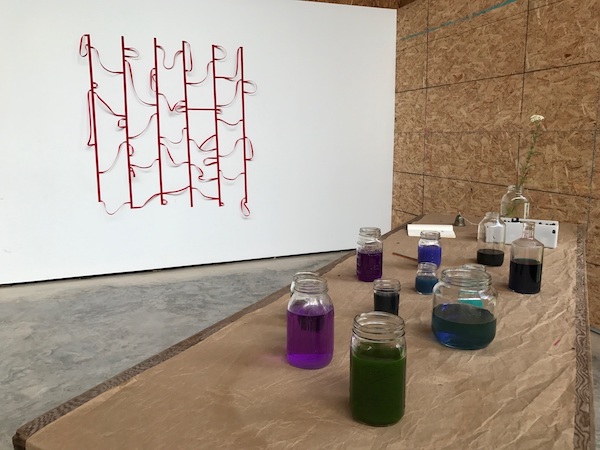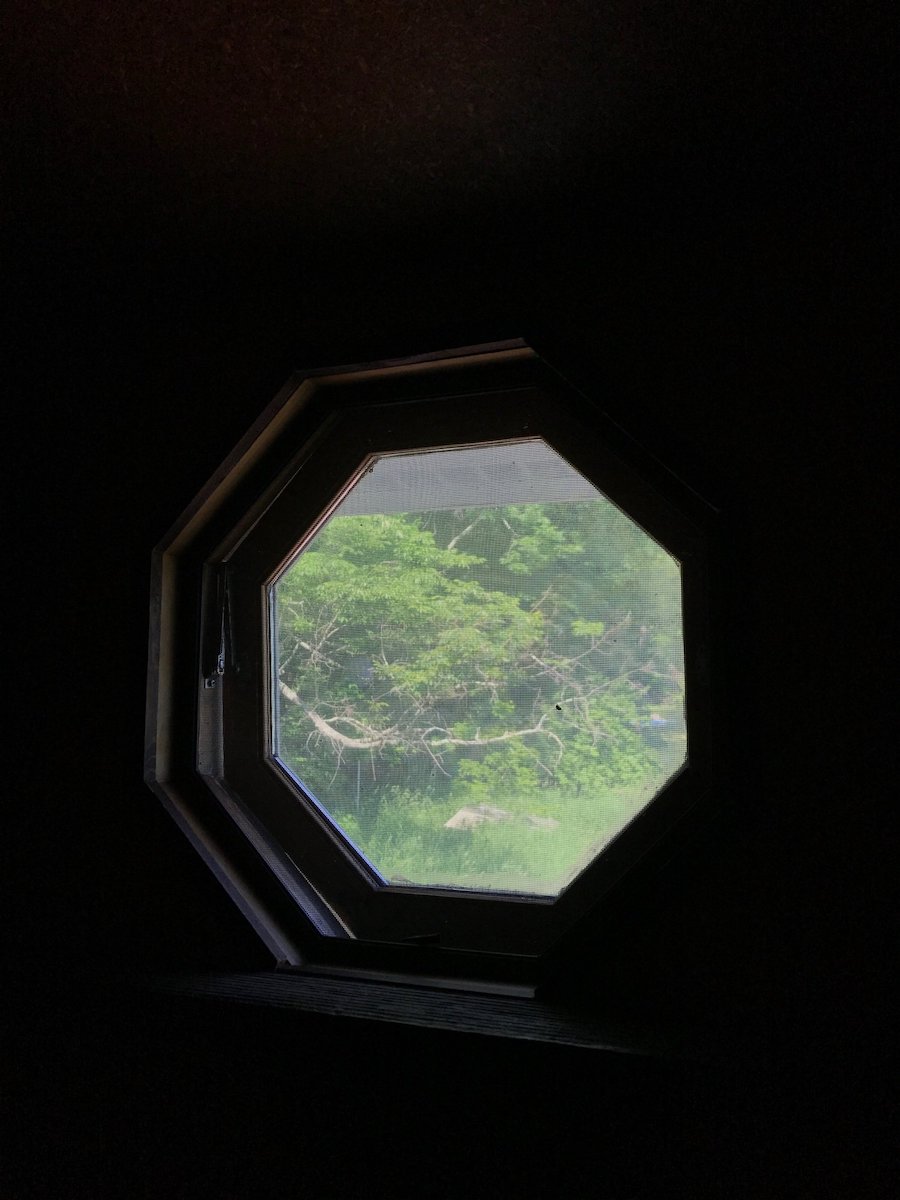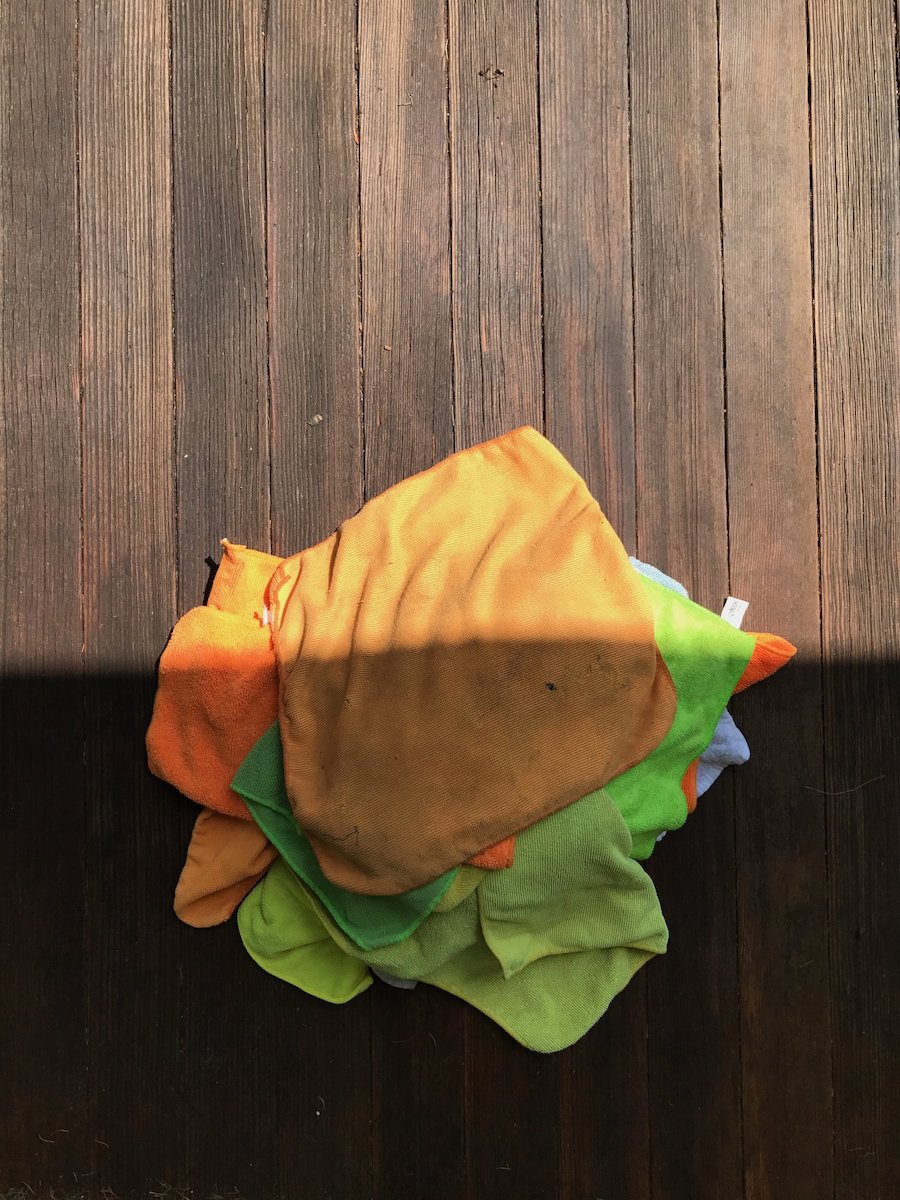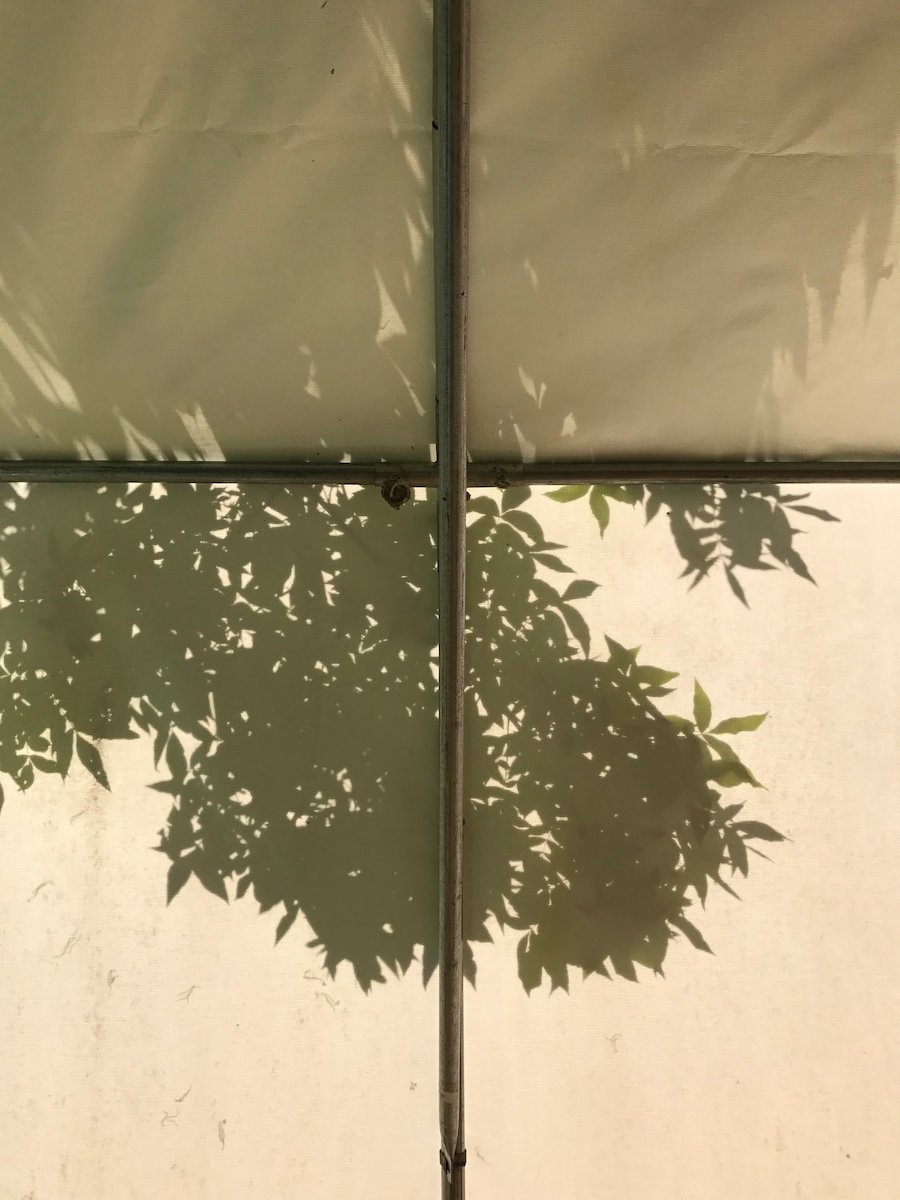Unwoven (NYT)
2019
Smack Mellon
Brooklyn, NY
As part of ‘I Come To This Place’ curated by Eva Mayhabal
July - Aug 2019
Three months of The New York Times cut and manipulated into four sculptures as one installation.
The journey of the newspaper is traced in this configuration, from its printed word, to shredded strips, and finally pulped newspaper rocks.
The work explores the transfer of matter, both physical and conceptual, from his treatment of material, form, and play on words. It considers the different ways in which news media is transmitted and consumed.
The rocks represent unreadable stories, and the headlines lose their context inviting new ownership when the viewer reads them out loud.

newspapers, sumi ink, baby powder, fishing net, staples
dimensions variable







Uprising
2018
Bronx River Art Center (BRAC)
New York
Titled in homage to Bob Marley’s final album of the same name, “Uprising” is a site-specific installation paying tribute to Pan-Africanism and the power of resistance.
The vertical lines evoke the bars of a prison cell and represent incarceration, both physical and mental. They are also a commentary on the racial and ethnic disparity in US State prisons.
The non-vertical lines are attempts at breaking the monotony of the upright structure. Like musical notes on a staff or words on a ruled journal, their presence endows the bars with new meanings.
Ultimately, the install is an invite to ponder the language of rebellion and the beauty of its assertion.


Muddy Waters
2017
A body of work developed at Denniston Hill that is part documentation and part installation; a metaphor for the current political stage at large, a call to the wild.
Reflecting on the physical beauty of the Catskills and the exchanges the artist had with local residents, the installation is a survey of sorts that imagines alternative ways of thinking about the natural environment.
Aligning himself with the social renewal envisaged by philosopher and social reformer Rudolf Steiner and social sculptor Joseph Beuys, Gaete explored his inner capacity to make sense and connected deeply with place and community in this new body of work.
The community ––local residents and others– was invited to activate some of the works installed through a series of collective actions that use drawing and sound as forms of recording. The purpose was to resonate and expand the ideas presented in the show.
The work was produced during a month residence sponsored by a partnership between Denniston Hill and The Laundromat Project.

The Laundromat Project is a New York City-based arts organization that brings socially relevant and socially engaged arts programming to laundromats and other everyday community spaces.
Denniston Hill is an artist-centered interdisciplinary arts organization that fosters an inclusive, practical discourse about the aesthetics, function, ethics, and meaning of contemporary artistic practice.
Their work is guided by the principle that creative and critical voices are important in shaping a just, equitable society.
Both organizations are committed to providing much-needed time and space for artists to explore the making of art, justice, and community.




































A mere slant of his body
2022
This new body of work developed at El Sur, in Tlalplan, Mexico City, draws inspiration from the tradition of "Las Corridas" in Mexico.
In this first iteration, the artist explores the tension that unfolds between the bull and the bullfighter. Death looms close, and both contenders' lives hinge on their movements. It is inevitable, and it will arrive within minutes. It's a bloody dance, where each movement carries the fates of both contenders. The extent of pain inflicted on the bull largely depends on the bullfighter's skill. The waving of the cape captures the bull's attention, igniting its primal desire to escape the arena in which it has been trapped.
The artist sees bullfighting as an allegory for the broader experience of life itself. The arena symbolizes the unyielding codes and structures of society, from which we often find ourselves unable to break free. In contrast, the billows and sways of the fluttering cape serve as a metaphor for the myriad distractions that entangle our minds. Meanwhile, the ruminant bull embodies the expansive grasslands —a poignant symbol of freedom and a grounded existence, evoking a longing for liberation amidst the chaos of life
The work was produced during a six-week residence sponsored by Residency Unlimited.






El Sur is an artist-run residency program located in Tlalpan,
Mexico City. The program includes exhibitions, open studios, and talks involving the local art scene and the public at large. The organization fosters inclusive exchanges that focus on practical discourse about aesthetics, function, ethics, and the meaning of contemporary artistic practice. El Sur's blend of creative space, cultural immersion, and professional support makes it an ideal space for artists seeking to deepen their practices.
RU is a New York CityRU is a New York nonprofit arts organization located within the historic South Congregational Church in Carroll Gardens, Brooklyn. Residency Unlimited (RU) supports the creative process of US based and international artists and curators at all stages of their career through its unique, customized residencies and year-round public programs.




